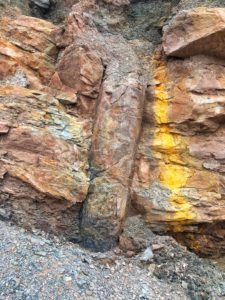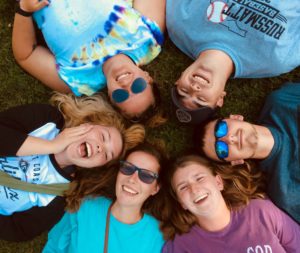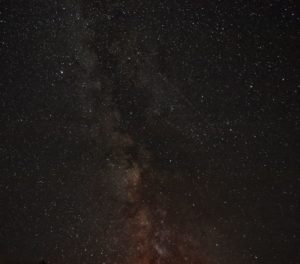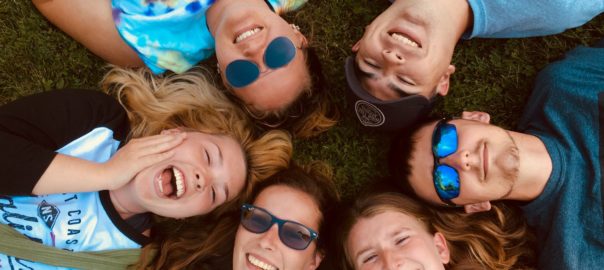On Monday, September 3rd, we packed up our stuff, left the campground in Fundy National Park, and drove to Joggins Fossil Cliffs in Nova Scotia. Joggins is located on a beach with cliffs along the length of the back beach. We got to see a lot of rocks from the Carboniferous era. Some of the rocks and cliffs had fossils embedded in them. The most prominent fossils were of trees that are related to today’s club moss. We were able to determine that the trees were from a swampy area due to the reddish color (a tropical wet climate indicator) of the sediment surrounding the tree fossils. We also measured the length of the beach in segments, used a compass to find the dip angle of the cliffs along the beach, and then used trigonometry to find the thickness of the cliffs (430 meters) as if they had been stood upright instead of laying on their side.

Once we finished measuring, observing, and looking for fossils in Joggins, we drove to Halifax, Nova Scotia for dinner and to check in at the hostel we stayed at. Most of our time in Halifax was spent wrapping up the Glacial Geology and Climate Change Class. We wrote a lab report comparing the climates of the Hopewell Rocks and Joggins, we wrote our final paper for glacial geology, and we took our final. We also did some exploring. Dr. Erikson took us to the Citadel Hill, an old fort and historic site. We walked around the fort and through the exhibits to learn about some of the history. We then walked around the outside of the fort for a scientific aspect. The Citadel is located on a drumlin, a glacial deposition landform that looks like a circular mound, created by a glacier retreating and depositing till.
Lawrencetown beach was another place we visited while in Halifax. The first part of the beach we went to had an eroded drumlin along the back beach. The sediment in the drumlin was a grayish color on the bottom and red on top. We measured the trend of the rocks in the two colored sediments and saw that the glacier switched the direction it was moving while the drumlin was being formed. We then went to another, sandier, part of the beach to walk along the beach, in the water, and show off our cartwheel skills.
When we weren’t doing homework, taking tests, or learning about glacial geology; we walked along the boardwalk in Halifax, went shopping, played games, watched movies, and visited the public garden. After four weeks of traveling and living together, we’ve transitioned from strangers/acquaintances to friends to family.

Saturday, September 8th, was our last day in Halifax. We took our final Saturday morning, then drove to Kejimkujic National Park where we camped for the night. We spent the afternoon canoeing and kayaking, then had dinner, and spent the night star gazing. This morning we woke up early, and are making the long trip (two countries, two provinces, and three states) to Cape Cod to start our next class, Marine Ecology, with Greg!

-Caleb Gravel


